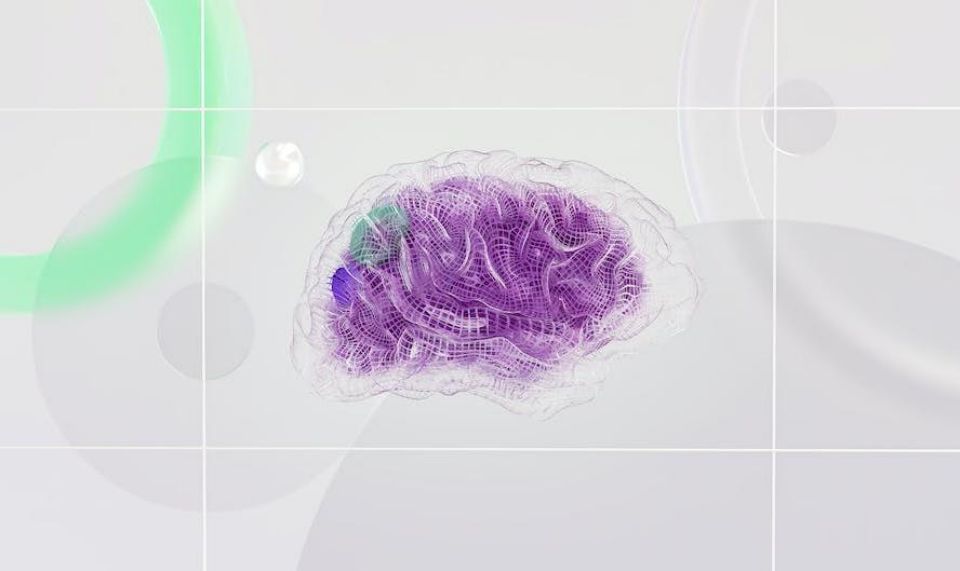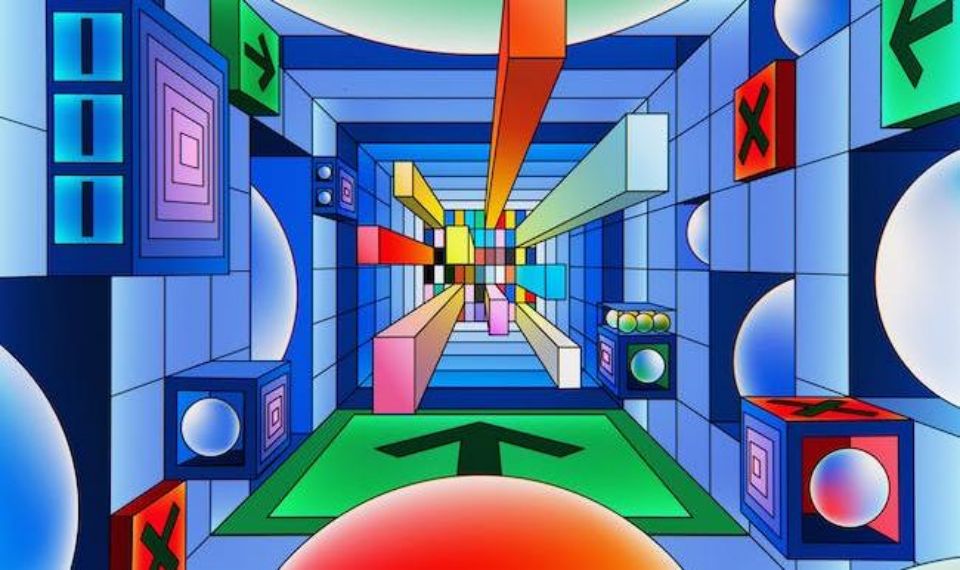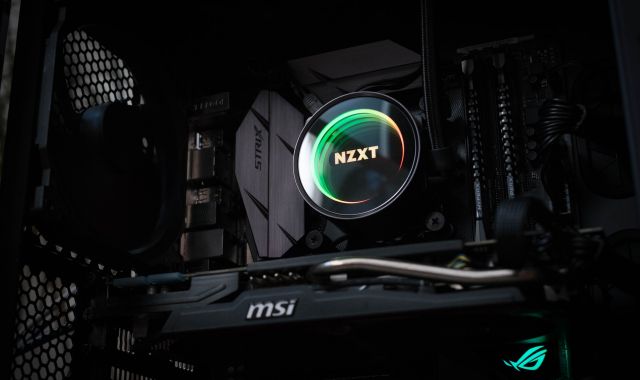
On a regular Tuesday afternoon, nestled within a nondescript building in the heart of Silicon Valley, there is an almost magical transformation taking place. Commonly used printing materials, most notably plastic filament, are initially shaped into a spool. Then, they are carefully fed into a heated extruder — the heart of the 3D printing machine — melting down into a semi-liquid state. The liquefied material is subsequently deposited in layers, following an intricately predetermined path set by advanced computer software. Like modern-age spiders weaving their meticulously designed webs, 3D printers give rise to an array of fantastic and complex forms with stunning exactness, from human organs to replica artworks to personalized consumer products.
Take a step back and let this sink in: a device that brings inanimate objects to life with the click of a button. This is no abstract concept; it’s the ground-breaking reality of 3D printing — a technology that is revolutionizing the world as we know it.
One dramatic case in point is the production of custom prosthetic limbs, showcasing the life-altering potential of 3D printing technology in a profoundly human way. Conventional prostheses are expensive, often ranging in the thousands of dollars, and the customization process can be prohibitively labor-intensive and time-consuming. However, in the quiet hum of a 3D printing workshop, the game is changing.
Firstly, a full digital scan of the patient’s limb is captured, accounting for every contour and unique feature. The data is then fed into the software, guiding the printer’s movements as it constructs the prosthetic limb layer by layer. Through this process, each prosthetic is tailor-made to each person’s unique anatomy. It is far more affordable than traditional methods and provides a perfect fit for the amputee, thereby enhancing comfort and restoring functionality. Like a rising phoenix, out of a spool of plastic filament emerges a limb that promises to reintegrate a person back into society, enabling them to live independently and carry out their daily chores with confidence.
Zoom out from the screen, and you’ll see parents of a six-year-old born without a right hand sitting silently, their eyes transfixed on the magic unfolding before them. As the 3D printer hums, their hearts race with anticipation. Each layer symbolizes an added ray of hope for a future where their son will be able to pick up a pencil or throw a ball.
These narratives are exactly why 3D printing is considered revolutionary. It’s not just about the convenience of printing a coffee mug in your living room or the novelty of a 3D printed piece of artwork. It’s about real people and tangible changes, turning impossibilities to possibilities one layer at a time. This revolution is about potential — the potential to transform lives by breaching the boundaries of conventional production and championing customization. The noiseless hum of 3D printers worldwide is sounding a revolution, not only in technology but in our lives. In their layered magic lies the promise of an unlimited future, where the impossible seamlessly morphs into the doable with the click of a button. That is the true potential of 3D printing, and that is why it can accurately be labeled a revolution.









